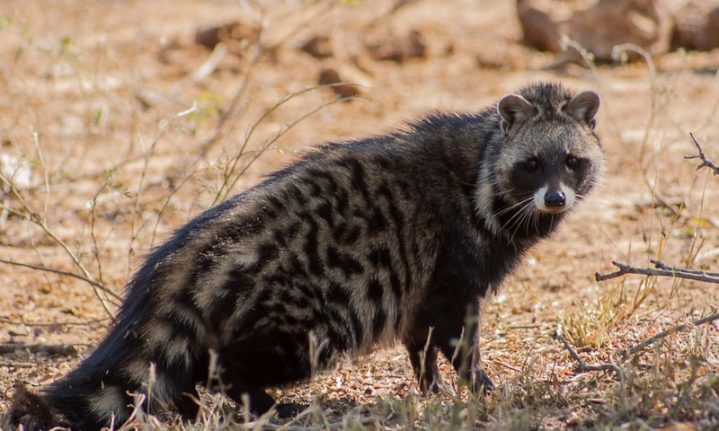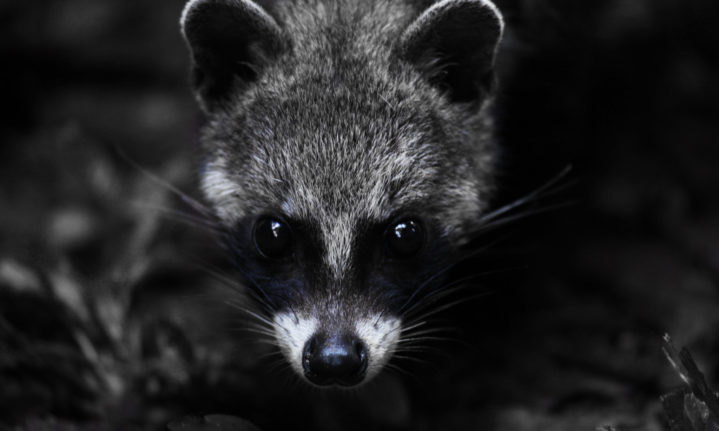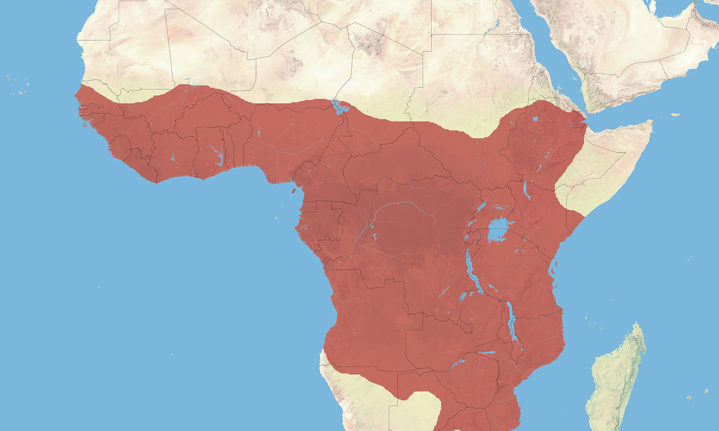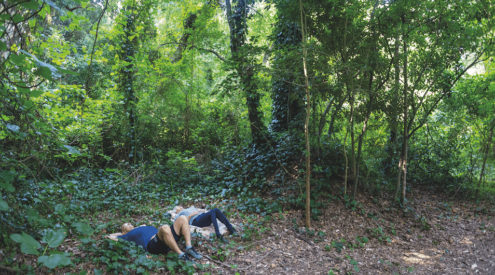Civets are solitary animals with unique features and are widely distributed throughout Africa and the northern parts of South Africa. They were once sought after in the perfume industry, with their perennial glands secreting an oil renowned for its musky scent.
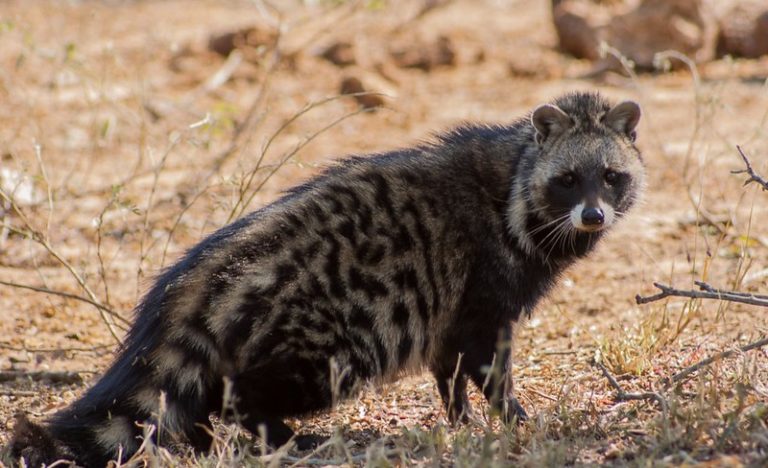
Picture: Flickr Commons
The African Civet’s unique features include a short, dense fur, greyish in colour with black spots in rows along with their bodies.
Civets have a cat-like demeanour and movement and their distinct features fall under the Viverridae-family of small-sized mammals that also include genets.
With the African civet being territorial, they mark their territory with the musky odour their perennial glands secrete. This has led to the animal becoming vital for the perfume industry as a source of ‘civetone,’ used in perfume production for its musky scent.
Many perfume brands abandoned its use and replaced it with synthetic products, however. But, even though synthetic alternatives have been available for more than 70 years, their oils remain an important export commodity.
African civets are also becoming an important trophy hunting species in Limpopo. Widely distributed throughout Africa, they are protected in specific regions in South Africa.

The overall distribution of the African civet. Picture: Wikimedia Commons
Within South Africa, they are found in the northern parts, including KwaZulu-Natal with camera trapping in Limpopo showing them to be fairly common. They mainly occur in the Savannah Biome but their range includes a small part of the Grassland Biome as well.
The Kruger National Park represents the largest protected subpopulation of African civets along with Pilanesberg. They are omnivorous animals who like to feed on toxic millipedes as well as fruits and seeds. They are thought to play a vital role in the dispersal of fruiting trees.
This mammal is listed as ‘least concern’ on the IUCN red-list with healthy numbers throughout its distribution. Its main predators are lions and leopards and when it is threatened, it produces loud growls and cough-like sounds, raising the hair on the back of its body.
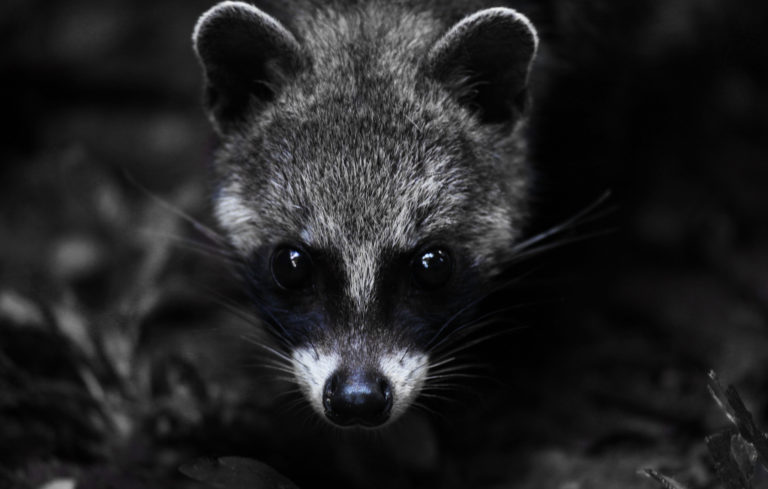
The African Civet has distinct facial features that lead many to compare it to a raccoon. Picture: Meredith Nutting/ Flickr Commons
Interesting facts
- Even though fashion brand Chanel replaced civet oils in their N°5 in 1998, the vintage N°5 still fetches a healthy figure.
- Their coat is unique to each individual, just like a human fingerprint.
- There are 35 species altogether in the civet family, with widely varying appearances.
ALSO READ









